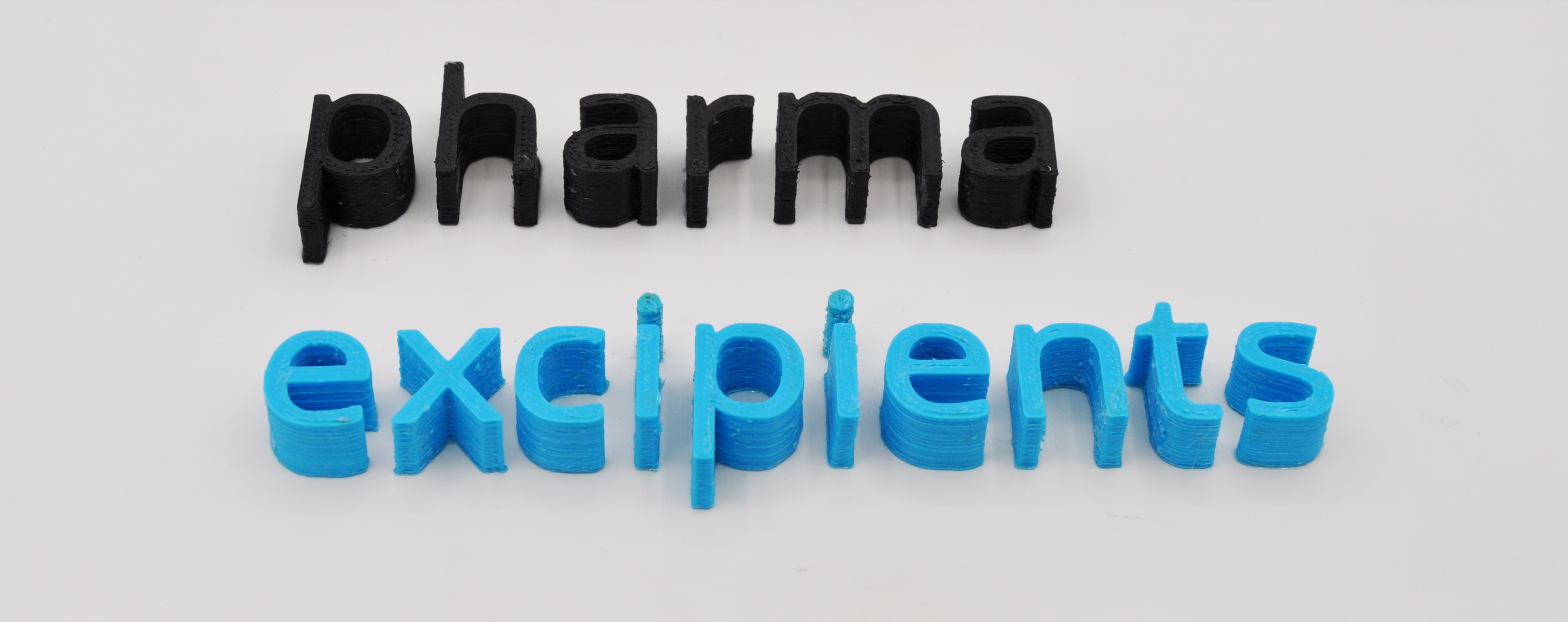Considering 3D Printing for Solid Dosage Forms

Three-dimensional printing (3DP) is also known as additive manufacturing because these technologies create a part by adding material layer by layer, guided by a 3D computer model. Various types of 3DP are being used in manufacturing in industries ranging from aerospace to medical devices, and some of the 3DP technologies are being explored for use in manufacturing of oral-solid dosage (OSD) drugs and drug-device combination products.
Pharmaceutical Technology spoke with Abdul Basit, professor of Pharmaceutics at the University College London (UCL) School of Pharmacy, and Alvaro Goyanes, director of Development at FabRx, which was started up in 2014 by researchers from UCL, about their 3D-printed tablets they call printlets and the different methods of 3DP that can be employed to manufacture OSD drugs. Basit is also one of the editors for a recently published book, 3D Printing of Pharmaceuticals.
Advantages of 3DP
PharmTech:What are the advantages of 3DP for drug manufacturing?
Basit (UCL) and Goyanes (FabRx):The possibility of easily creating 3D printed tablets (printlets) or medical devices just by modifying a digital file offers many opportunities. For example, by changing the object size or the infill (i.e., percentage of material inside the object), the mass of the printlet, and hence the dose of the medicine, can be flexibly altered. Conventional pharmaceutical manufacturing processes are inherently laborious, resource intensive, and dose inflexible. Indeed, there are limited commercially available dosages for certain medications, often requiring patients to split or crush their tablets to get the right dose. Instead, 3DP can enable the efficient design and preparation of small batches of medicines, comprising an individualized dose, shape, and size for each patient. In turn, this technology could reduce the risk of medication errors and side effects, while improving treatment efficacy and adherence. Due to the compact and user-friendly nature of the 3D printers, it could be possible to integrate this technology into a hospital or community pharmacy setting, enabling on-demand medicine production on the front-line. This technology is likely to be transformative in pediatric medicine, in which the dose of medicines can change rapidly, depending on the age or weight of the child. Furthermore, it is possible to combine two or more drugs into the same printlet, reducing the number of tablets that one person has to swallow, which is especially important in geriatric populations. Therefore, our aim at FabRx is to optimize the 3DP technology to enable the production of personalized medicines for each individual patient.

